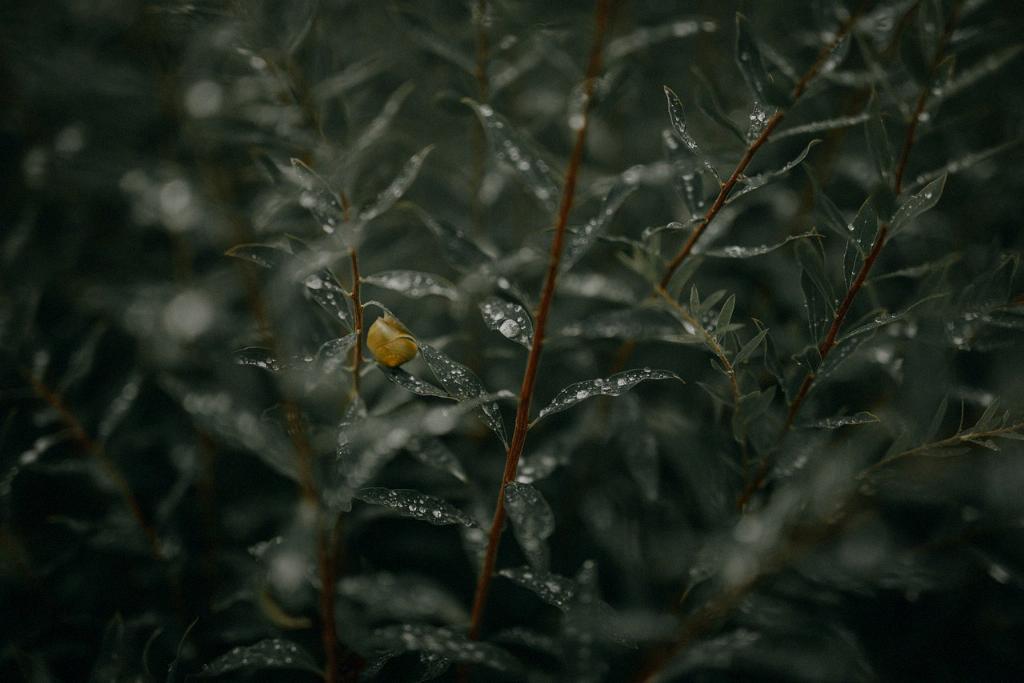Shrubs, also known as bushes, are small-to-medium-sized perennial woody plants that play a crucial role in landscaping and ecosystem diversity. These plants differ from herbaceous plants in that they have persistent woody stems above the ground, adding structure and permanence to gardens and natural settings.
Characteristics of Shrubs
Shrubs can vary in size, shape, and foliage, offering a wide range of options for gardeners and landscapers. They can be deciduous, shedding their leaves each year, or evergreen, maintaining their foliage throughout the seasons. The woody stems of shrubs provide support for their branches and leaves, contributing to their longevity.
Types of Shrubs
There are countless species of shrubs, each with unique features and requirements. Some popular types of shrubs include flowering shrubs, which add color and beauty to gardens, and evergreen shrubs, which provide year-round interest. Additionally, shrubs like hedges can be shaped and pruned to create boundaries or privacy screens.
Benefits of Shrubs
Shrubs offer a myriad of benefits to both the environment and human society. They help prevent soil erosion, provide habitat for wildlife, and improve air quality by absorbing pollutants. In urban areas, shrubs can reduce noise pollution and beautify neighborhoods.
Shrub Care and Maintenance
To ensure the health and vitality of shrubs, proper care and maintenance are essential. This includes regular watering, fertilization, and pruning to promote growth and flowering. Different species of shrubs have specific requirements, so it’s important to research each plant’s needs.
Landscaping with Shrubs
Shrubs are versatile landscaping elements that can be used in various ways to enhance outdoor spaces. They can serve as focal points, borders, or ground covers, adding depth and texture to gardens. When selecting shrubs for landscaping, factors like sunlight exposure and soil conditions should be considered.
Propagation of Shrubs
Shrubs can be propagated through various methods, including seed sowing, cuttings, and layering. Each propagation technique has its advantages and challenges, influencing the success rate and timeframe for establishing new shrubs in a garden or landscape.
Common Shrubs for Gardens
Some popular shrubs for garden settings include roses, hydrangeas, azaleas, and boxwoods. These plants are prized for their aesthetic appeal, fragrance, and resilience in different climates. By selecting a variety of shrubs, gardeners can create a dynamic and vibrant outdoor space.
Designing with Shrubs
When designing landscapes with shrubs, factors like color coordination, texture contrast, and seasonal interest should be taken into account. Mixing different types of shrubs can create visual harmony and balance, enhancing the overall appeal of a garden or outdoor area.
Shrubs in Natural Ecosystems
Shrubs play a vital role in natural ecosystems, providing food and shelter for various wildlife species. They contribute to biodiversity and ecosystem health by creating microhabitats for insects, birds, and small mammals. Preserving native shrub species is essential for maintaining ecological balance.

Conclusion
In conclusion, shrubs are essential components of landscapes and ecosystems, offering aesthetic, environmental, and functional benefits. Understanding the characteristics of shrubs, their care requirements, and their role in nature can help individuals appreciate and utilize these versatile plants in outdoor settings.
